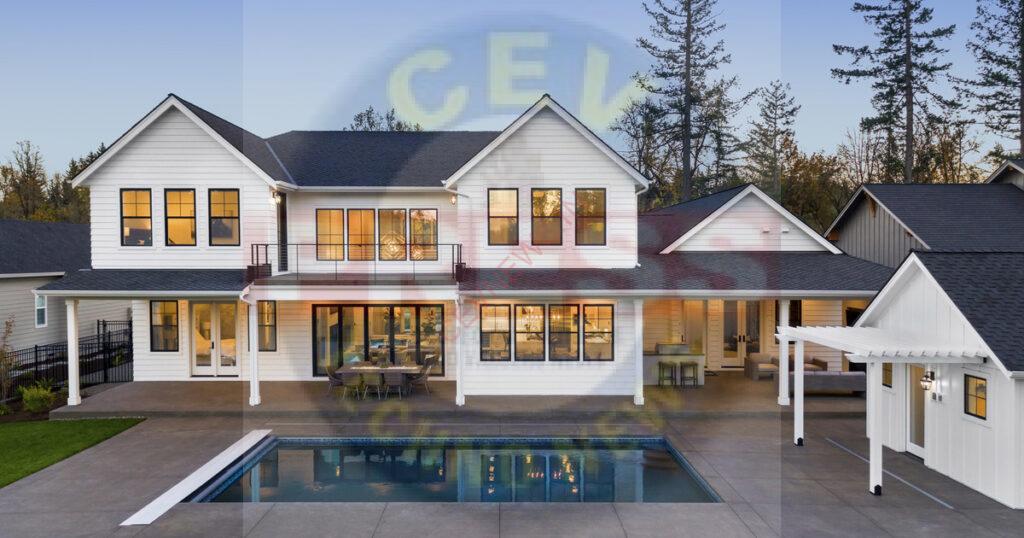THREE TYPES OF OCCUPANCY FOR DETERMINING YOUR MORTGAGE READINESS
PRINCIPAL
The principal, or primary, residence is the one that you and your family live in most of the time. It is the address that will be listed on your state and federal tax returns. It can be a single-family home or it can be a duplex, triplex, or quad, with the other units rented out.
SECONDARY
Defining a secondary residence or second home is somewhat more complicated than defining the primary residence. Here are some of the biggest differences that apply to the second home:
- Must be occupied by the borrower for some portion of the year
- Must be suitable for year-round occupancy
- Year-round access and occupancy must be possible
- Borrowers, (not a management company or other entity,) must have exclusive control of the property
- Property must be a one-unit dwelling
- Property cannot be a rental property or timeshare
In other words, a secondary property must be designed and available for your personal use year-round. While it might sound restrictive, the rules here are designed to differentiate these dwellings from investment properties.
INVESTMENT
If you purchase a property you’re going to use to make and profit and you don’t plan to use it as a personal residence, it’s an investment property. An investment property is one that is purchased for the purpose of either seasonal or year-round rental. It may also be a property that you purchase with the intention of flipping it for resale. Even short-term investment properties are categorized as investments, not as secondary properties.
For example, say you buy a vacation home intending to use it for quick getaways throughout the year. However, you decide to rent it out for a month or two during the most active part of the tourist season. That property is still considered an investment property, not a second home.

